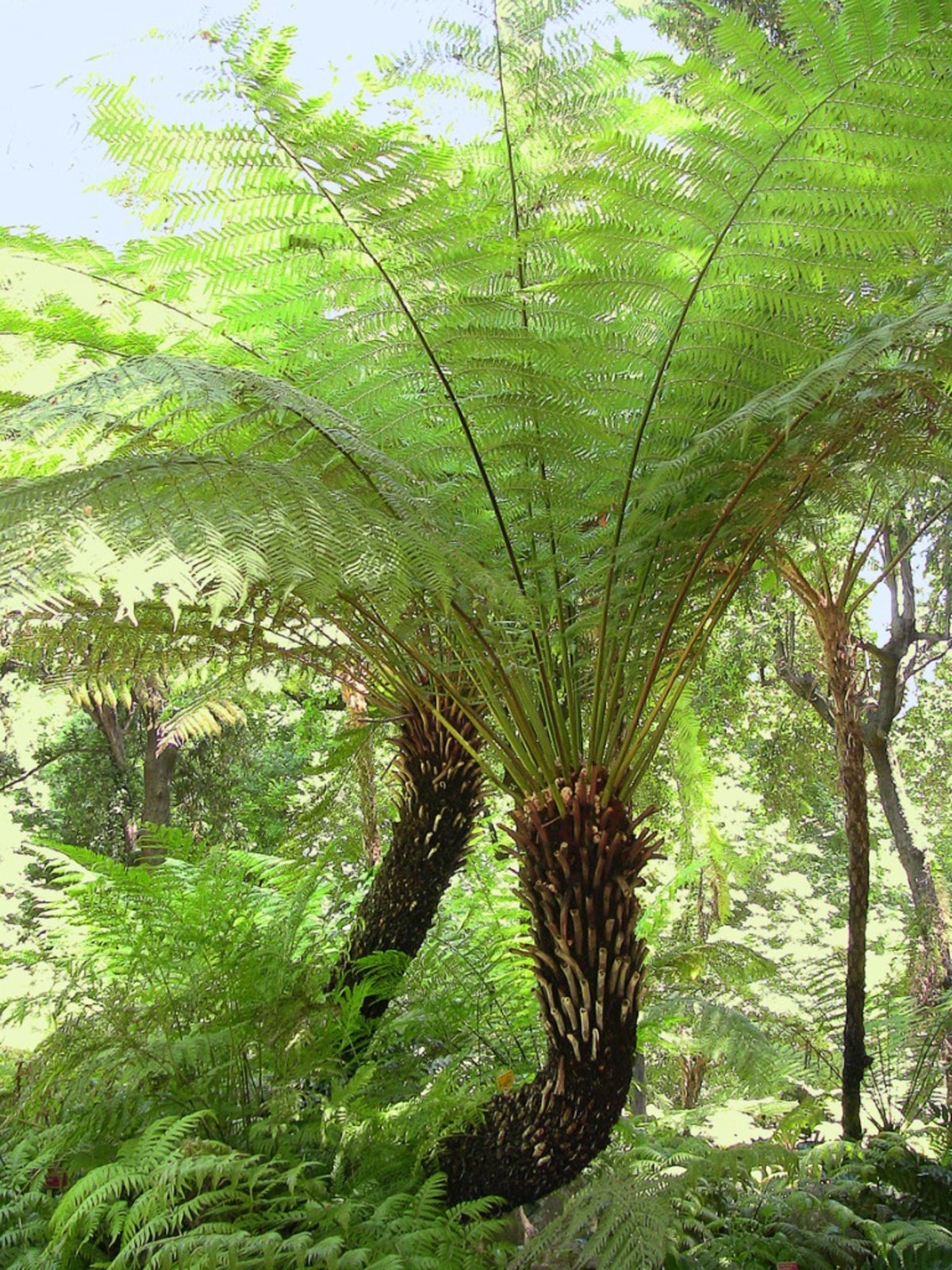How To Transplant A Tree Fern: Tips For Relocating A Tree Fern


Relocating a tree fern is easier when the plant is still young and small. This also reduces the stress on the plant as older, established tree ferns do not like to be moved. However, sometimes it may not be necessary to transplant a tree fern until it has already outgrown its present space. Following the steps in this article can help reduce the stress of transplanting tree ferns in the landscape.
Moving a Tree Fern
Though most varieties of tree fern grow only about 6 to 8 feet (around 2 m.) tall, the Australian tree fern can reach heights of 20 feet (6 m.) tall, and relatively quickly. As they mature, their root ball can also become quite large and heavy. It is because of this a tree fern transplant is usually recommended for smaller plants. That said, sometimes transplanting tree ferns that are larger can’t be avoided. If you have a mature tree fern in need of relocation in the landscape, you’ll want to do so carefully. Tree ferns should be moved on cool, cloudy days to reduce transplant stress. Since they are evergreen, they are usually moved during the cooler, rainy winter months in tropical or semi-tropical regions.
How to Transplant a Tree Fern
First, select a new site that can accommodate the large size. Start with pre-digging a hole for the large root ball. Though it is impossible to know exactly how large the tree fern root ball is until you dig it up, make the new hole big enough so you can test its drainage and make amendments as needed. Tree ferns require moist (but not soggy) well-draining soil. While digging the hole, keep the loose soil nearby for back filling. Break up any clumps to make back filling go quickly and smoothly. When the hole is dug out, test the drainage by filling it with water. Ideally, the hole should drain within an hour. If it does not, you will have to make the necessary soil amendments. 24 hours before relocating a tree fern, water it deeply and thoroughly by setting a hose end directly above the root zone and watering at a slow trickle for about 20 minutes. With the new hole dug and amended, the day of the tree fern move, be sure to have a wheelbarrow, garden cart, or plenty of strong helpers handy to help quickly transport the large tree fern to its new hole. The longer the roots are exposed, the more stressed it will be. Hint: Cutting back the fronds to about 1 to 2 inches (2.5-5 cm.) above the trunk will also help reduce transplant shock by sending more energy into the root zone. With a clean, sharp spade cut straight down at least 12 inches (31 cm.) all around the root ball, about the same distance out from the tree fern trunk. Gently lift the tree fern’s root structure out of the earth. This may be very heavy and require more than one person to move. Once out of the hole, do not remove excess dirt from the root structure. Quickly transport the tree fern to the pre-dug hole. Place it in the hole at the same depth it was previously planted, you may have to backfill beneath the root structure to do this. Once the proper planting depth is reached, sprinkle a little bone meal into the hole, situate the tree fern, and backfill lightly tamping down the soil as needed to avoid air pockets. After the tree fern is planted, again water it thoroughly with a slow trickle for about 20 minutes. You may also stake the tree fern if you deem it necessary. Your newly transplanted tree fern will need to be watered once a day for the first week, every other day the second week, then weaned to one watering per week the rest of its first growing season.
Gardening tips, videos, info and more delivered right to your inbox!
Sign up for the Gardening Know How newsletter today and receive a free copy of our e-book "How to Grow Delicious Tomatoes".
-
 Looking For Plants To Give You The Soft And Fuzzies? Try These 5 Fuzzy Leaf Plant Options
Looking For Plants To Give You The Soft And Fuzzies? Try These 5 Fuzzy Leaf Plant OptionsLovers of texture, drama, silver foliage and tactile plants will adore these special sensory garden additions. These fuzzy leaf plant options will leave you all aglow
By Susan Albert
-
 Get Ready For A Summer Of Hummers! Grow These Full Sun Hummingbird Plants and Flowers
Get Ready For A Summer Of Hummers! Grow These Full Sun Hummingbird Plants and FlowersIf you’re lucky enough to enjoy a sunny backyard, make sure you are maxing out on your pollinator opportunities and grow these full sun hummingbird plants and flowers
By Tonya Barnett
